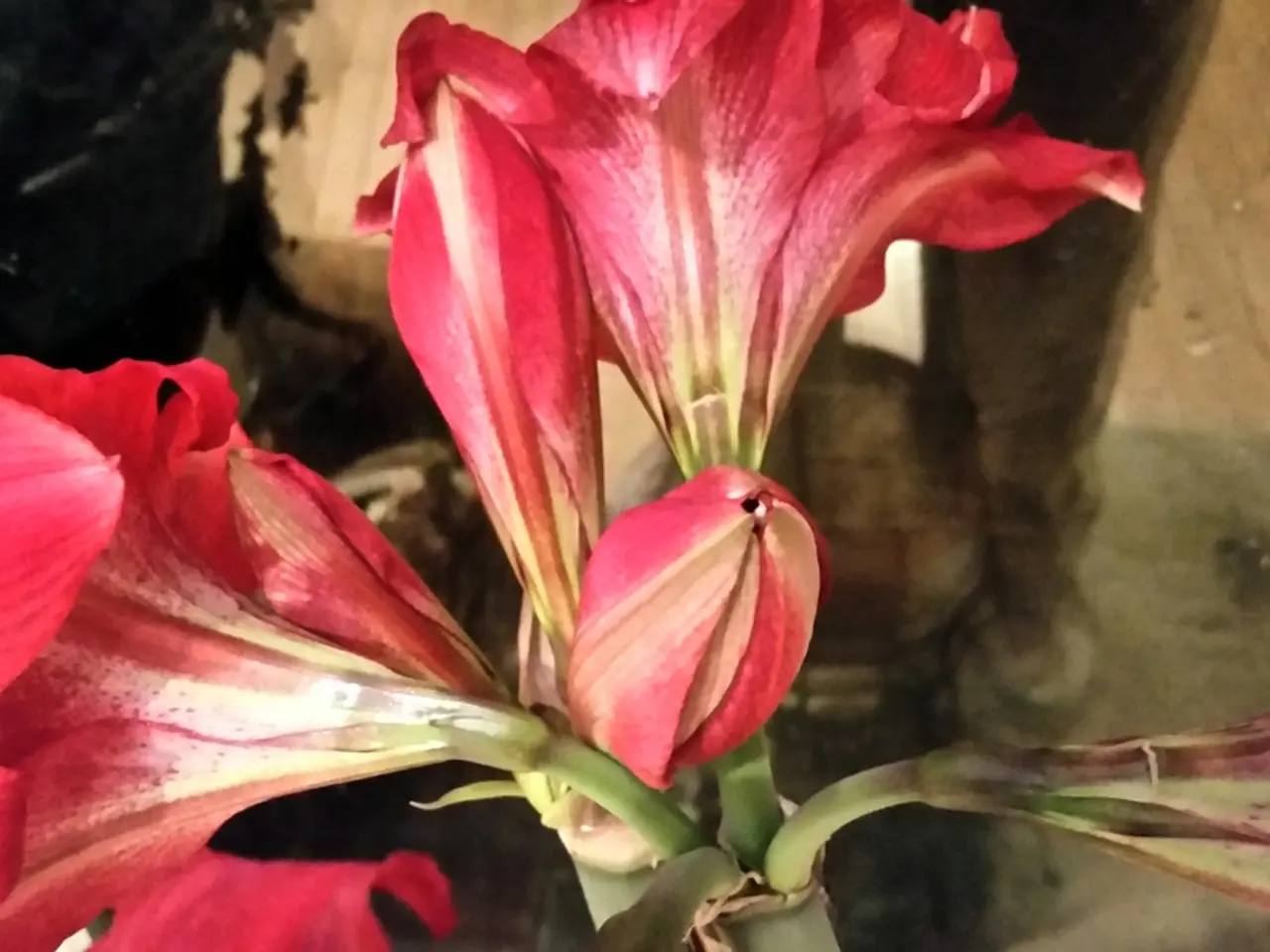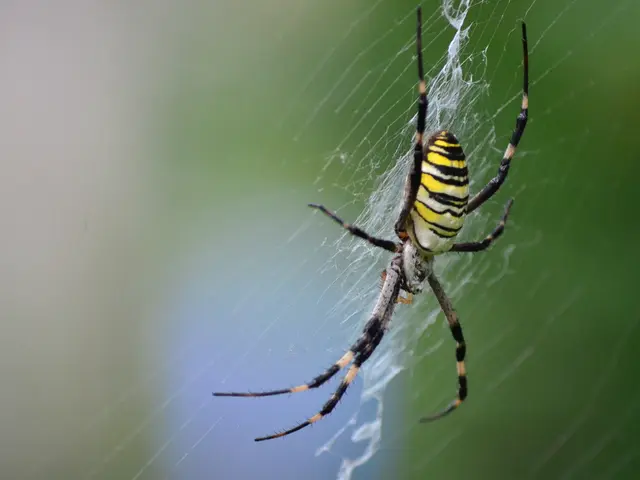Meet the Queens of the Garden: Unique Plants for Every Growing Condition
Several remarkable plants, often referred to as 'queens', are captivating gardeners and nature enthusiasts alike. These plants, each with unique characteristics, are native to various regions and offer a range of growing conditions and blooming times.
Queen's wreath (Petrea volubilis), a tropical vine resembling wisteria, boasts drooping, purple clusters of star-shaped blossoms. However, it only thrives in zones 9-11. Quaker ladies (Houstonia caerulea), on the other hand, prefer sandy or rocky, acidic soil with even to low moisture and full to part sun. They bloom in late spring with tiny, delicate blossoms, each having four pale-violet petals around a yellow center.
Queen Ann's lace (Daucus carota), a common roadside flower in North America, is technically a biennial and can become invasive. It produces flat, lacy flower clusters and ferny foliage, adding elegance to any space. Queen of the prairie (Filipendula rubra) has clouds of pink or white flowers and tolerates a range of soil conditions, growing well in wildflower and pollinator gardens. Meanwhile, Queen of the meadow (Filipendula ulmaria) produces branched clusters of tiny white flowers throughout the summer but is invasive in many parts of North America. Queen's cup (Clintonia uniflora) has white, six-petaled flowers that bloom in the spring and summer, native to the mountains of western North America.
The genus Quesnelia was first described and classified by Charles Antoine Lemaire, a 19th-century French botanist specializing in bromeliads. Quesnelia (Quesnelia sp.), a hardy bromeliad native to Brazil, produces cone-shaped flowers in winter or spring and is remarkably easy to grow in zones 9-12.
These 'queen' plants, with their diverse characteristics and requirements, offer a wealth of options for gardeners. From the tropical Queen's wreath to the hardy Quesnelia, each plant brings unique beauty and interest to any garden or wild space.







